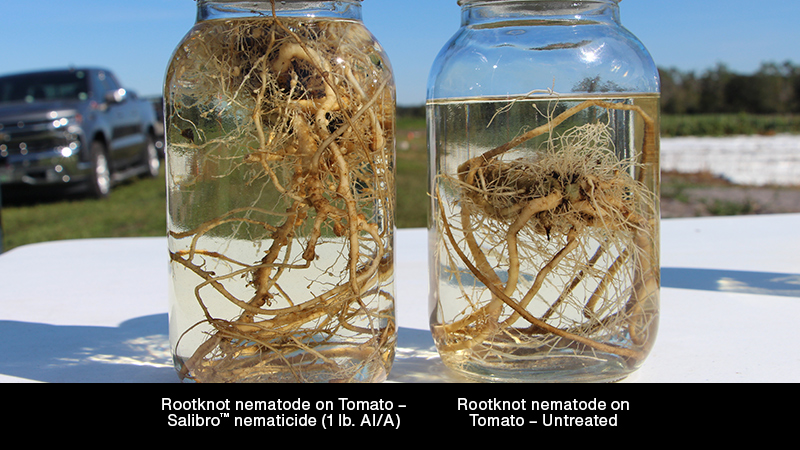New Study On Tomatoes Addresses GM Biochemical Concerns
Does genetic manipulation cause unintended changes in food quality and composition? Are genetically modified (GM) foods less nutritious than their non-GM counterparts, or different in unknown ways?
Despite extensive cultivation and testing of GM foods, those questions still linger in the minds of many consumers. A new study in the March issue of The Plant Genome demonstrates a potentially more powerful approach to answering them.
In research led by Owen Hoekenga, a Cornell University adjunct assistant professor, scientists extracted roughly 1,000 biochemicals, or “metabolites,” from the fruit of tomatoes. These tomatoes had been genetically engineered to delay fruit ripening — a common technique to help keep fruits fresher longer. The researchers then compared this “metabolic profile” from the GM fruit to the profile of its non-GM variety.
Extracting and analyzing hundreds of metabolites at once gives researchers a snapshot of the fruit’s physiology, which can be compared against others.
When the scientists compared the biochemicals of the GM tomato and a wide assortment of other non-GM tomatoes, including modern and heirloom varieties, they found no significant differences overall. Thus, although the GM tomato was distinct from its parent, its metabolic profile still fell within the “normal” range of biochemical diversity exhibited by the larger group of varieties. However, the biochemicals related to fruit ripening did show a significant difference — no surprise because that was the intent of the genetic modification.
The finding suggests little or no accidental biochemical change due to genetic modification in this case, as well as a “useful way to address consumer concerns about unintended effects” in general, Hoekenga says.
He explains that FDA already requires developers of GM crops to compare a handful of key nutritional compounds in GM varieties relative to their non-GM parents. The process is designed to catch instances where genetic manipulation may have affected nutritional quality, for example.
Moreover, comparing a GM variety to diverse cultivars can help scientists and consumers put into context any biochemical changes that are observed. “We accept that there isn’t just one kind of tomato at the farmer’s market. We look for diverse food experiences,” Hoekenga says. “So we think that establishing the range of acceptable metabolic variability [in food] can be useful for examining GM varieties.”
The process was expensive, and the chemistry methods can’t yet be used in official safety assessments, Hoekenga acknowledges. Making statistical comparisons of metabolic “fingerprints” is no easy task. In their study, Hoekenga’s group adapted a style of statistics used in other research.
But the techniques don’t apply only to tomato. “The method can be applied to any plant or crop,” Hoekenga says. “We’ve made something fundamentally useful that anyone can use and improve on.”
When crossing parent plants, for example, breeders often like to track the genes underlying their trait of interest, such as resistance to a pathogen. That’s because pinpointing offspring that carry the right genes is often faster and easier than examining plants for the trait itself.
But sometimes, so many genes contribute to a single trait that figuring out which genes are involved in the first place becomes onerous. This is where Hoekenga thinks his style of research and analysis might one day help. “We’re trying to describe at the biochemical level what might be responsible for a trait. And from that, you could extract genetic information to use in breeding.”
For more information, the full article can be found at: https://www.crops.org/story/2014/apr/thu/a-new-approach-to-detecting-unintended-changes-in-gm-foods
Source: The Crop Science Society of America news release









